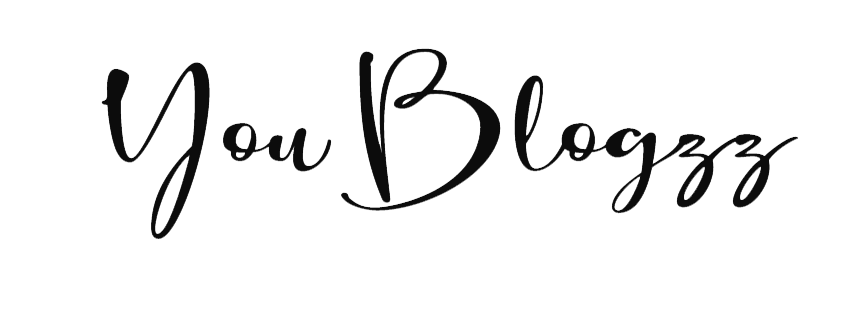The healthcare market is experiencing significant growth and has undergone a drastic digital transformation. The mHealth applications are gaining popularity constantly as more and more people start relying on them. The shift toward these applications increased in recent years, especially post COVID 19 pandemic.
The mHealth apps market is expected to reach a value of over 300 billion dollars in 2025, as mentioned by Statista.
This article will help you understand the benefits of mHealth applications and points of importance for app development.
Now you might ask what mHealth applications and telehealth are. Worry not; we’ve got you covered.
mHealth or mobile health applications have become much more commonly used as people become more health conscious.
These apps can be used for almost all healthcare needs, from doorstep delivery of medicines to getting medical consultations, faster doctor appointments, and continuous health monitoring.
Now, telehealth market defines as the delivery of care services including Live video consultation, medical care, and mHealth services, giving you remote access to healthcare services to manage your health.
Thanks to technological advancements, all these functions are available to you at your fingertips and are just a click away.
The patients are not the only ones who utilize these apps; even healthcare professionals can also leverage these apps to improve the deliverance of patient care.
Benefits of mHealth apps for Patients and Care Providers
mHealth applications have changed healthcare procedures and have drastically improved efficiency of patient care in the market.
It helps the patients with the freedom to choose the best healthcare facility by the mHealth providers. Many patients avoid treatment, thinking of the medical expenses as medical consultation becomes costlier with every passing year.
Instant healthcare has become a trend among people and in the telehealth market. It allows patients to get remote consultations without the need for booking appointments. It does not matter what time it is, and whether you are travelling, staying at home, or working in the office, you will get consulted by the best professional in the field.
mHealth apps can store all the medical records, which can be viewed by the doctor. This function will help minimize the diagnostic errors that may happen due to a lack of information.
Nowadays, due to growing personal health awareness, applications have evolved with tracking functions. These help the patient to keep a tab on specific conditions, fitness, and diet, which help them to maintain a proper lifestyle.
Types of mHealth Applications
Before we talk about the development of applications, let us know about the types of mHealth apps.
There are many types of mHealth apps thriving in the market. But most of them can be categorized into two main groups, apps for healthcare providers and apps for patients.
The applications for healthcare providers include:
Remote Patient monitoring apps
Appointment and clinical assistance apps
Diagnostic Apps
Reference and database apps
Others
Some of the best mHealth apps in this category are Airstrip, Mychart, and Careware Connect, among others.
The applications for patients include:
Health Monitoring/Tracking Apps
Mental Health Apps
Nutrition Apps
Women Health Apps
Others
Headspace, Apple Fitness+, Clue, and MyFitnessPal, among others, are some of the most known personal healthcare apps.
With the ever-developing technology and healthcare sector, we can expect the list of apps to grow.
What to Consider while Developing mHealth App
Now that we know about the types of mHealth applications and the benefits they provide to patients and healthcare professionals Let’s dive into the technical process of these applications. There are some universal rules every development process follows, and this is to ensure that it is according to the needs of the market.
Latest Features and Proper Technology for the Development
Health tracking has become one of the most prominent features in a mHealth app. It helps to record vital signs like pulse rate, blood pressure, calorie, and weight, among other signs.
Finalising the right set of techs to be utilised before the development of a healthcare application is important as it will enable your team to implement all the necessary functions. This will help the patients and doctors in solving specific problems.
Finding and Reaching the Target Audience
When developing the app, it should serve a purpose. The medical solution provided by the app should address a problem faced by the users. Through market research, you should figure out the demands and needs of the audience.
But simply providing the solution would not make people install the application. Without any ad campaign and proper advertising plan, people are not going to automatically know about the application.
After reaching this stage, you can find the average age and demographics of the target audience to format your campaigns accordingly.
Cost of Development and Monetization Plans
After doing proper research and finalising the audience and tools to be used for development, we can start planning the cost for the development of the app.
Medical apps are costly to develop from scratch, and the planning should be done after in-depth research. The research will help you understand the demand in the market. Letting you allocate your money precisely.
After the app is launched, it needs to be profitable and generate market revenue. There are various monetization models that companies follow.
You can provide a premium version of the app to provide extra features or monetize specific parts of the app that can be bought. You can even provide personal coaching and health monitoring plans, in which a professional will guide the user.
There are many methods and opportunities available, and we live in a time where development is continuous. The healthcare industry is wide, and a multitude of opportunities are present for you to venture in.

Post a Comment